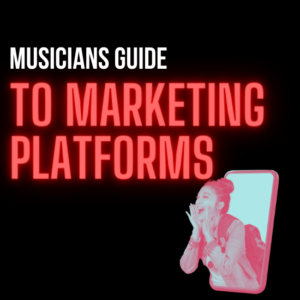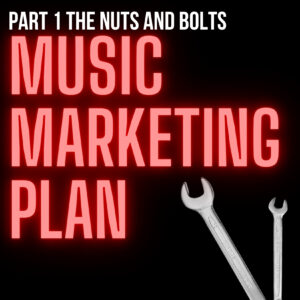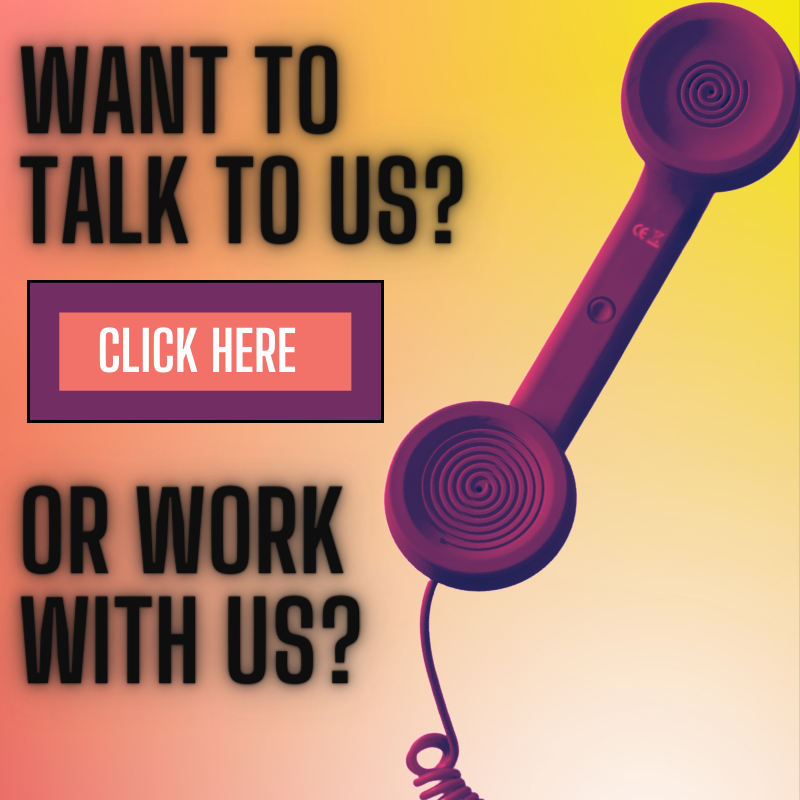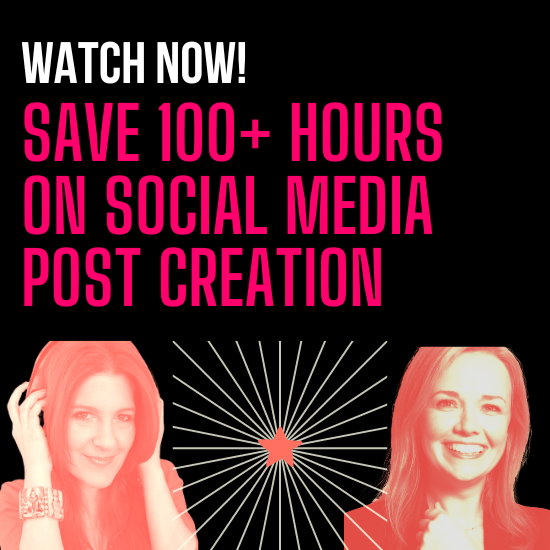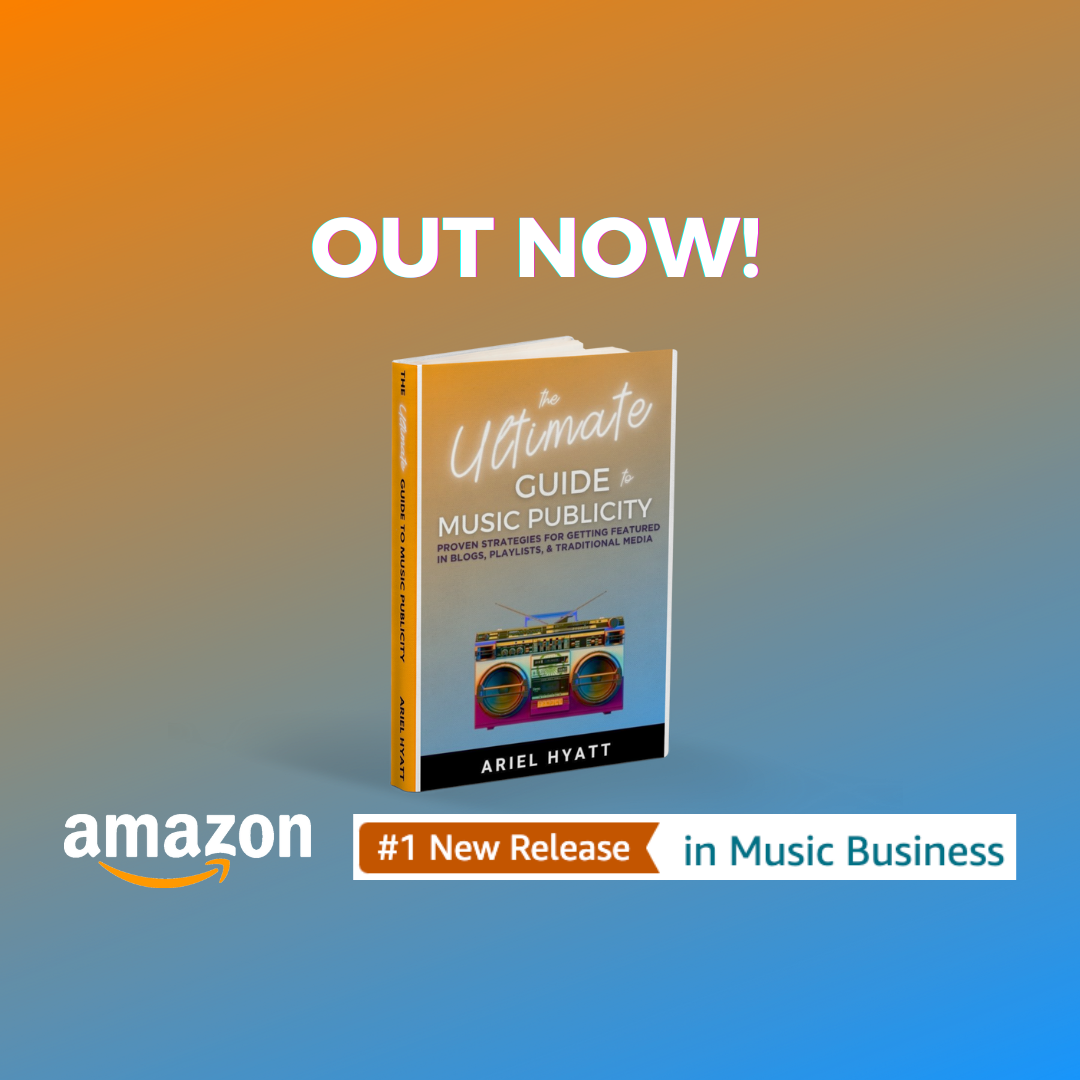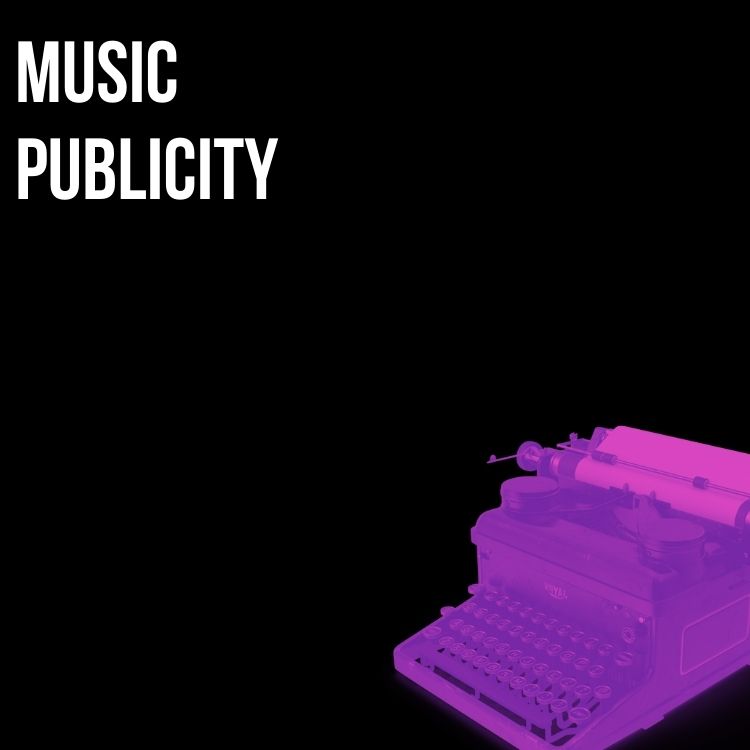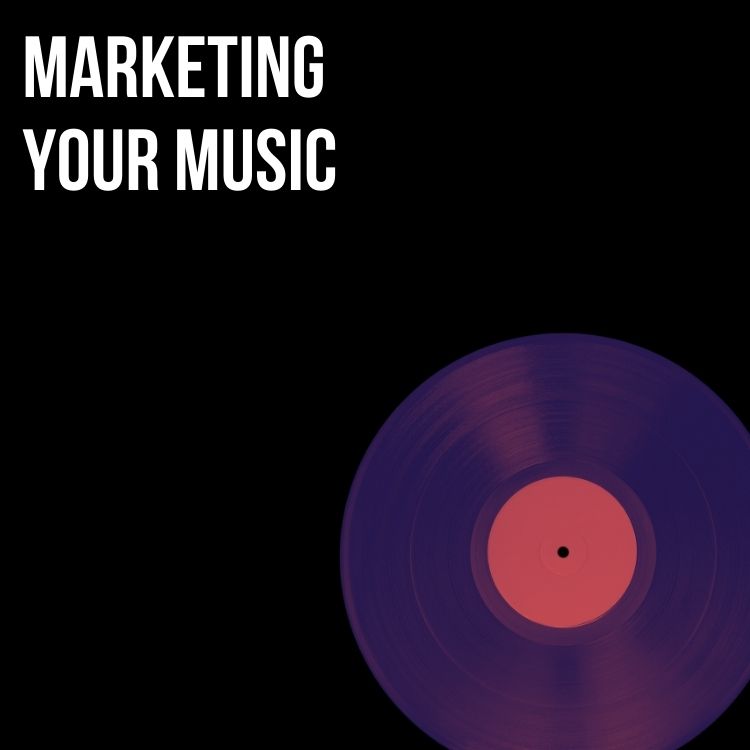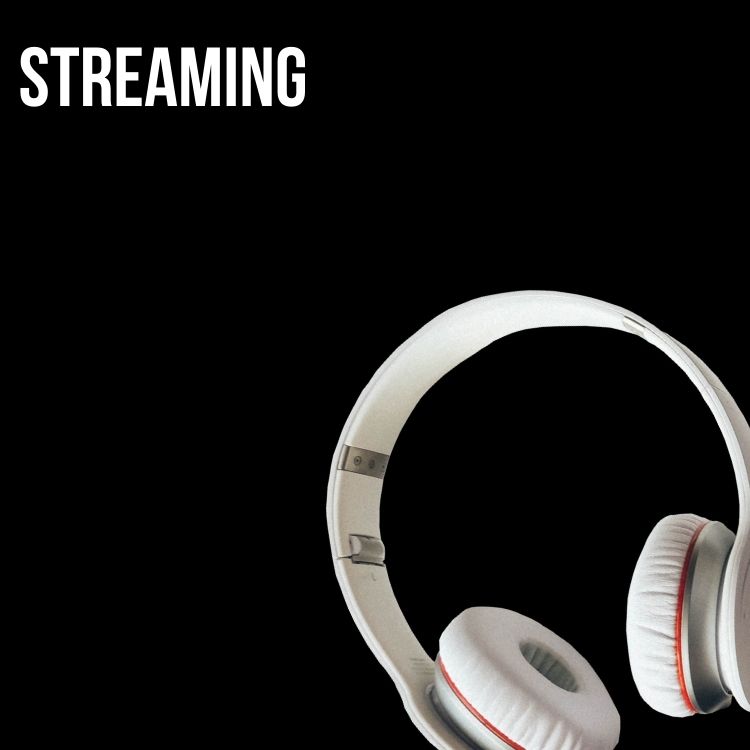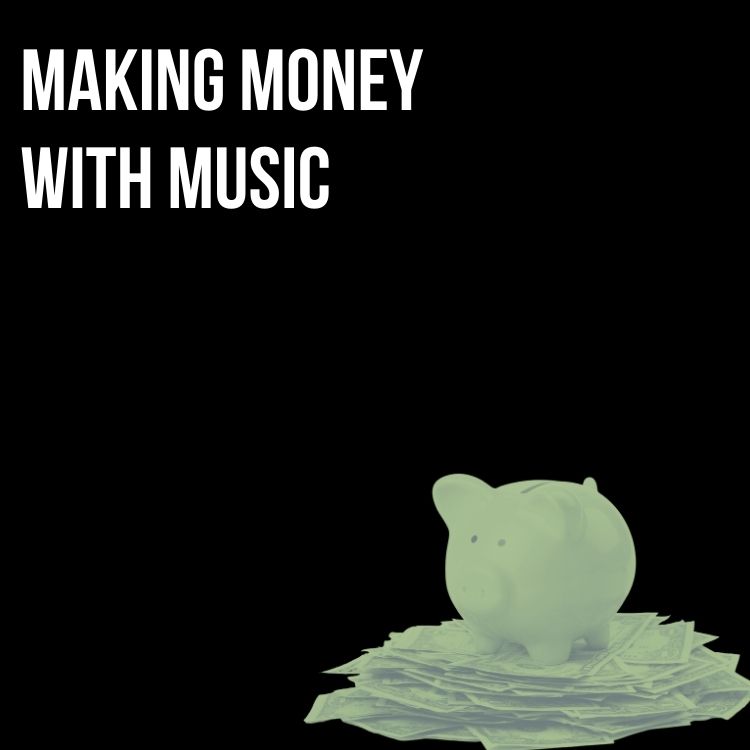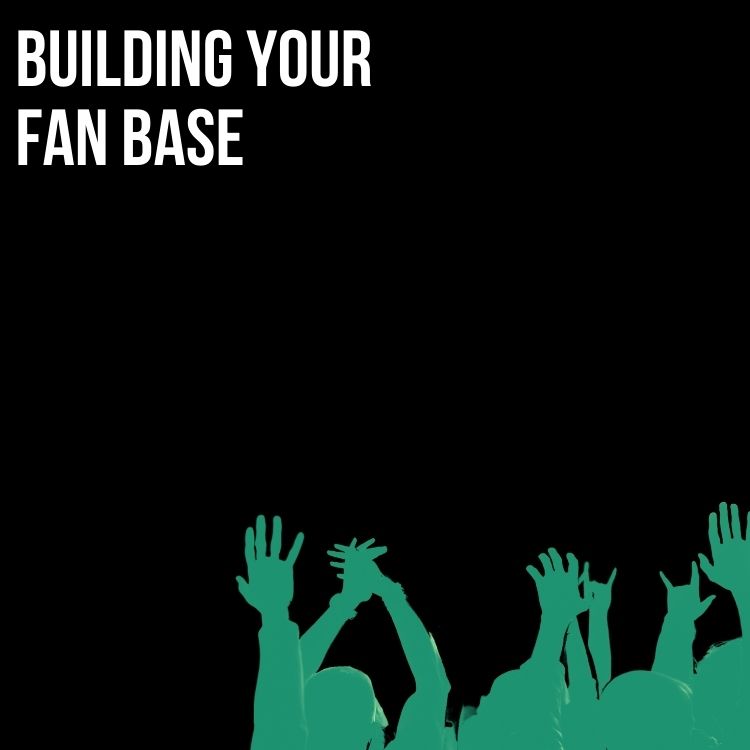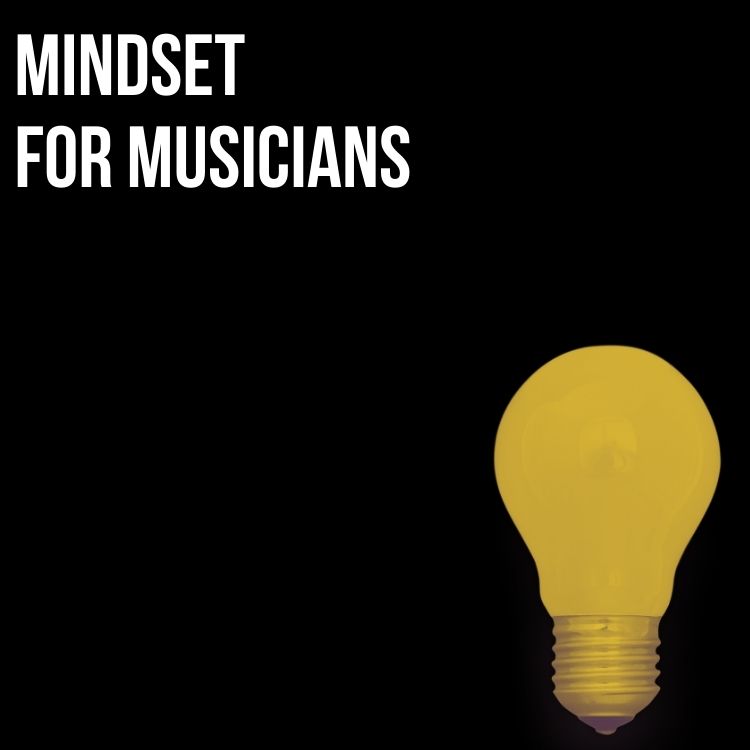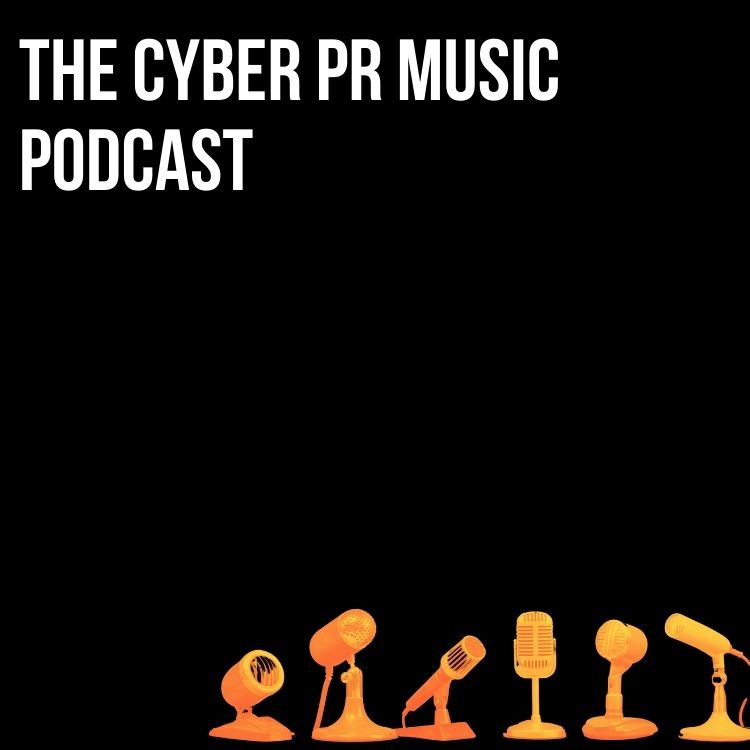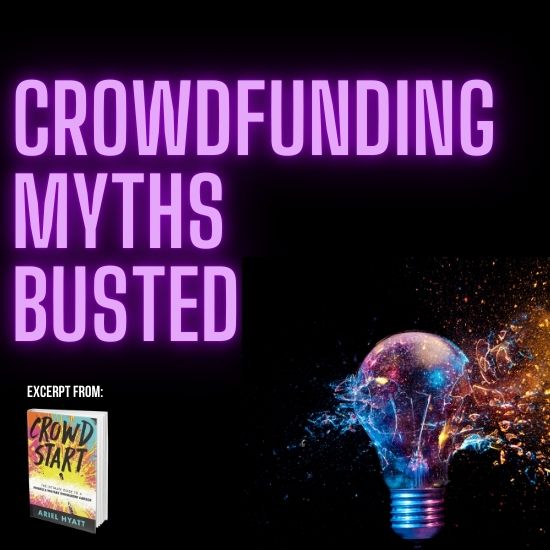
You’re excited about your next project, am I right? And to celebrate, maybe you’re thinking about crowdfunding to raise money. Or, perhaps you’ve run campaigns before with less-than-ideal results, and now you’re trying to figure out what went wrong and how to avoid it next time. You’re in luck because we’re offering tips previously only seen in my book CROWDSTART.
Read on to find what’s a myth and what’s the facts when it comes to crowdfunding for musicians.
5 Music Crowdfunding Myths – Busted!
The more I study the realities of how artists make money now (hello Spotify $0.003 to $0.005) the more convinced I am that all artists should crowdfund.
You have fans, friends, and community willing to give you a lot more than they’ve ever had the opportunity to give.
Not only can you give your fans a full on experience through the launch of a new product or idea, but you get the opportunity to really connect with fans. To be part of a transformation on an emotional level, uncovering fans and a community you may not have known existed.
That being said there are myths I’d like to clear up for you so you have the most successful crowdfunding campaign possible.
Myth #1: I will raise Tens of Thousands of Dollars With My Crowdfunding Campaign!
The media has presented a skewed version of what we mere mortals can achieve. Sadly, we are all not Amanda Palmer. Here’s the most important statistic to keep in mind when it comes to keeping it real when you set your financial goal for crowdfunding:
The average successful crowdfunding campaign raises around $7,800 – fundable.
If this is making you freak out a little take a deep breath and ask yourself – would having between $5,000 and $7,000 just for your music make a difference for you? If so, then it just may be worth it to launch a crowdfunding campaign. But be honest with yourself – look at how many email addresses, phone numbers and REAL social media friends you have and guesstimate how much each one may be willing to contribute to your campaign. Once you have that number in your mind you can aim for an amount that is truly possible to raise.
Myth #2: Having A Large Social Media Following Will Equal A Successful Campaign
I promise you that posting a lot is the fastest way to fail at crowdfunding. While social media is a critical factor in crowdfunding success, you need to understand that most of your contributions will come from people you already know – friends or family or subscribers to your email list.
Keep in mind that Facebook numbers probably don’t count! Quite a few clients proudly tell me they have 5,000, 10,000 or more fans on their Facebook and Instagram, and so they assume that equals funders. This is rarely the case. It is crucial to check Facebook & Instagram Insights and make sure you understand your real numbers. When it comes to both platforms you must be ready to pay for advertising and boosted posts in conjunction with email newsletters.
If you don’t have an active email list you must take a giant step backward and create one or reactivate that list you have let languish to ensure results.
I strongly advise you to make a list and track your VIPs. This VIP list should include your close colleagues, best friends, and family members. Make sure you communicate one-on-one (not via email newsletter blast).
And make sure you track whether you have received a pledge or heard back from each and every one.
Myth #3: I Can Complete the Entire Crowdfunding Campaign While Hiding Behind My Computer
I know, this one hurts for introverts especially. But the most successful campaigns are the ones that include actual face time. (or, virtual face time if you’d like.) That means calling people, sending video messages, and just generally going above and beyond.
I am constantly surprised at how effective calling and texting contacts can be. It’s that personalization that takes things to the next level, so don’t hold back on personally texting friends, family, and fans to ask for their support
Then there’s the telephone for actual calling (remember like we used to do in the 90s?) Pick up the phone. You don’t want a favorite aunt or cousin telling you after the fact that they’d wish they had donated but they just didn’t hear about your campaign.
Myth #4: Handwritten Lyric Sheets, Vinyl, And Cassette Tapes Are Rewards People Want.
STOP and THINK. Does your uncle Seymour have a record player? Are your colleagues at work and friends in your softball league as cool as you? This is why tailoring your rewards to your brand and the things your fans truly want is SO important.
Yes, some people will support you just because they believe in you but some people (a lot of people) really will look at the rewards when deciding 1) if they want to donate and more specifically 2) how much they want to donate.cyber
Are handwritten lyric sheets really something anyone wants? Maybe! But probably not. You may think that everyone in the world loves vinyl as much as you, but the truth is most of your non-music obsessed friends may not even own a CD player let alone a vinyl collection. If you’re a retro band with fans who you know are going to own and value records, then go for it! But you have to really consider these things first.
Make sure you offer experiential rewards. How about coming bowling with the band, throwing a pub crawl, having coffee shop hang, or having a wine-tasting event at a friend’s expensive house?
These are the types of rewards that friends may just pony up some good money for. After all, they are your friends and family so your job is to figure out what they may enjoy and add at least one tier that appeals to the non-music people in your crowd.
Myth #5: Kickstarter is the Best Platform Because Many People Go To Their Site and Contribute to Random Campaigns
Ok but when was the last time you did this?
Many artists believe a LOT of people check Kickstarter and just contribute to projects that they like. Not so fast!
According to Kickstarter’s own statistics, as of April 2024, of the 257k successfully funded projects, these were the statistics:

When you break it down into music, the numbers change again:

I love Kickstarter but I want to caution you – It may be smarter to work with a platform that allows you to keep a partial raise as opposed to a “you get all or nothing” approach. Why? Because to do all of the work required to get a campaign underway for nothing is crazy.
However, if you are the go-for-broke type or have a project that requires 100% of the funding, this may be your chosen route. I will leave this decision up to you. But you should consider working with IndieGoGo so you can keep whatever money is coming towards you!
If you’re looking for alternatives to Kickstarter, we’ve rounded up a list for you here.
I hope you find these 5 myths helpful, and they shed some light on some of the biggest misconceptions I hear.
Like this advice? Check out my CROWDSTART book for more tips just like this.
Subscribe for more!
Back to The Blog




